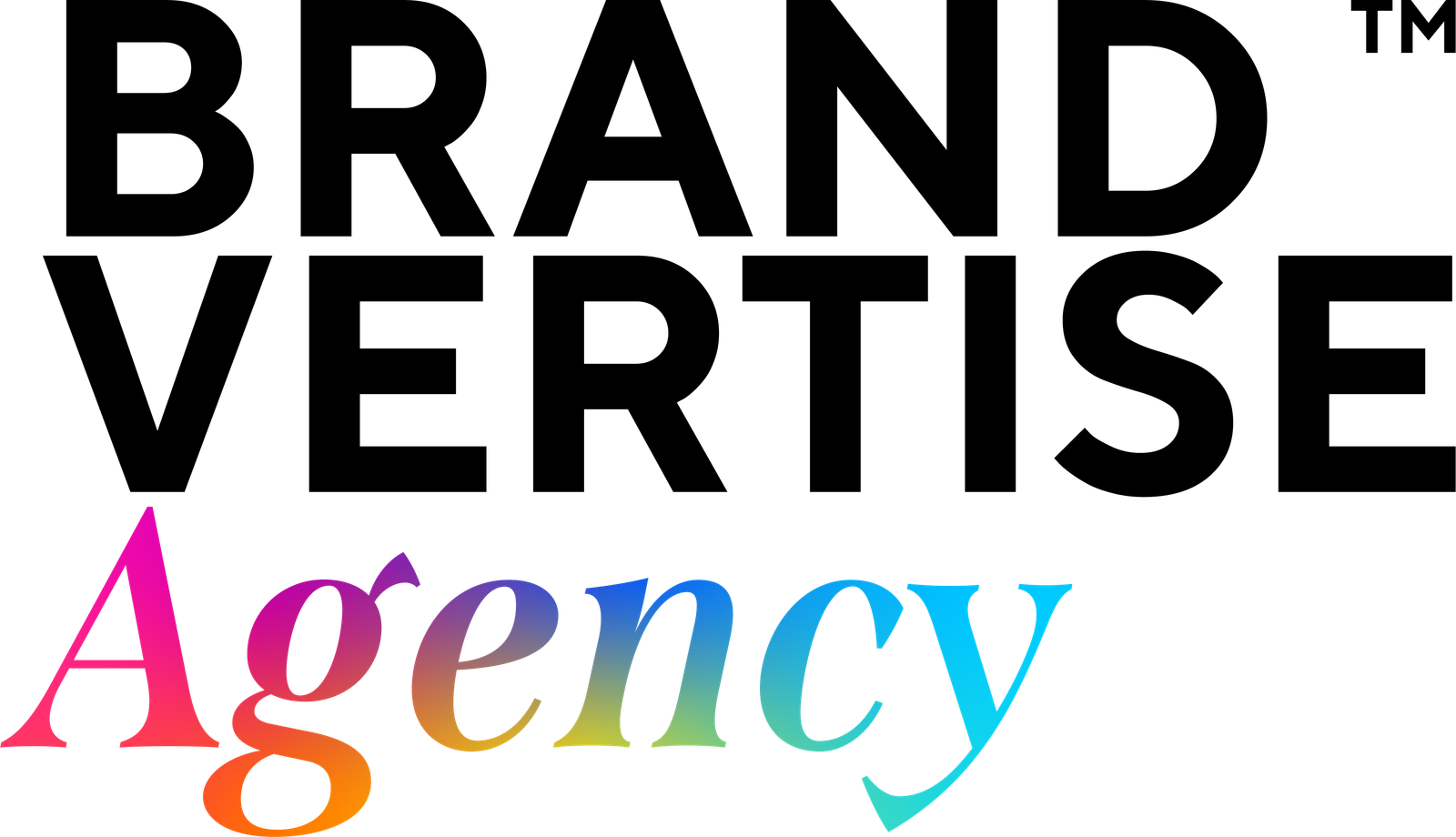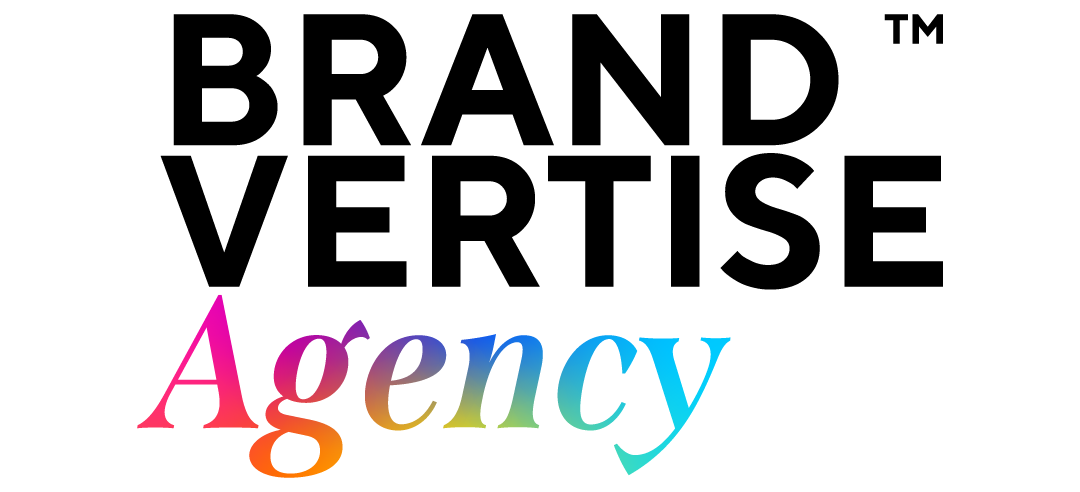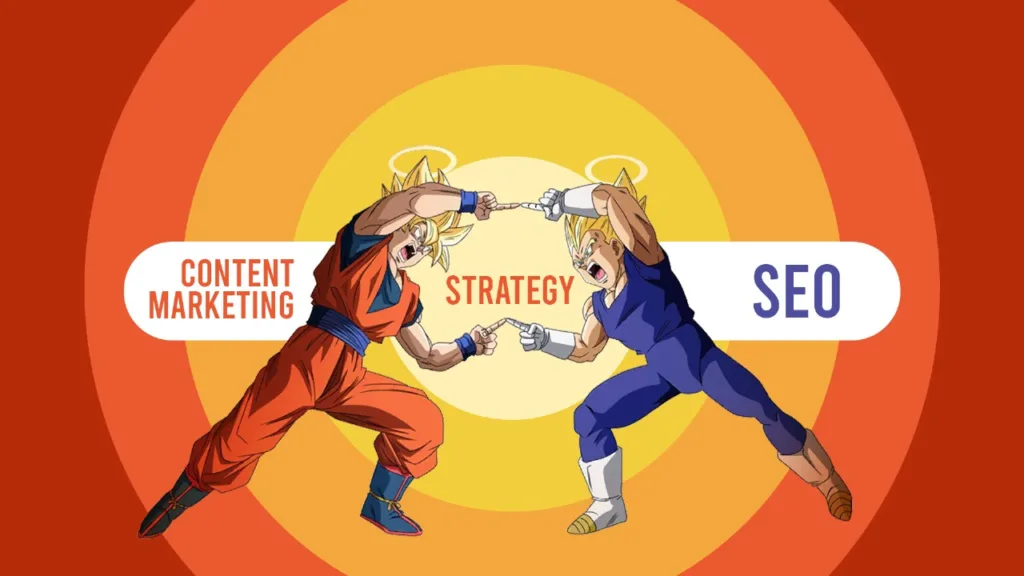
Introduction
Now, just try to visualize the scenario: you run a really big business—one with a most amazing online footprint. You have thousands of pages, a few domains, and dozens of stakeholders. Abstracted from the reality of algorithm updates and search engine behaviors, SEO is not about algorithms and keywords. It’s about your customers, your team, and your brand. In fact, that’s where Design Thinking kicks in.
What Is Design Thinking?
Design thinking generally is an iterative, human-centered process in solving problems that involve understanding of people, generate new ideas, and prototype those ideas. All of this is not only for a product design but also it could turn out into a strong framework for enterprise SEO.
Empathy
In a way, one always ends up being with the search engines in traditional SEO. They aim to optimize for Google algorithms and follow the trend. On the other hand, there are human beings on the other side of the barriers using Design Thinking. So let’s start by empathizing with your audience:
User Personas: Who are your customers? What pains, desires, and behaviors characterize them when they are online? Elaborating on user personas in detail will definitely help fine-tune your SEO strategy for them.
Journey Mapping: Work out how customers go from discovery to conversion. Where are the touch points in which SEO fits, and at what stage are users using your site in each of these? This holistic view will help to further identify powers for user experience of visitors via SEO.
Stakeholder Interviews: Engage the different units of your company—marketing, products, etc.—to understand their goals and challenges. This way, your SEO plan can better align with your enterprise-wide business goals.
Define
Having set a clear perspective on your audience and stakeholders, the focus should now be on driving human-centric objectives for your SEO plan. To put it in plain language, ask
What are the key problems that we’re trying to solve? Is it increasing good visibility, improving user experience, or making more conversions? What are you really specific about and how do you align these goals with the insights that you would gain out of an empathy stage?.
How will we know we are successful? Create some measurable KPIs that go beyond rankings. Think in terms of user engagement metrics: bounce/exit rates, conversion rates, and customer satisfaction. These will provide a broader, detailed scope of your SEO efforts.
Ideate
After setting the goals, it is now time to think of some solutions. Ideation in Design Thinking means coming up with the maximum possible ideas and making sure not to criticize them. This might be content ideation for enterprise SEO.
Content Ideation: What kind of content matters most to your audience? Consider developing a mix of evergreen, how-to, and case-study content, along with user-generated content. Keep in mind that content is for helping—not just keywording.
Technical SEO Innovations: Are there any smart ways of enhancing site speed, mobile-friendliness, or accessibility? One would not think so—technical search engine optimization is kind of a hotbed for creativity, but it really can be.
Touch Base with Other Departments SEO does not happen in a vacuum. Team up with the UXers, devs, or content people, and collaborate on solutions that work in the black-box areas of the enterprise.
Prototype
Build Out and Test Solutions The beauty of prototyping is that it allows you to create fast, low-fidelity representations of your ideas in order to see how feasible they are. How might that work in an enterprise SEO landscape?
Pilot Programs: Before going live across the site, test in smaller markets. Optimize a particular subsection of a site or a grouping of content. And as always, monitor for the results to see what works.
A/B Testing: Use A/B testing to compare different strategies—see if it is better meta tags, different content formats, or internal linking structures. Run these tests so you know what really resonates with your audience. User Feedback: Do not rely only on analytics. Get direct feedback from users on how changes affect their experience. The human factor in SEO, which is often forgotten for another shortlist element, simply cannot be underlined enough for long-term success.
Test
Now that you have tested and further learned from your ideals, it’s time to put all these into practice in your business. But of course, that’s not where Design Thinking stops; it’s iterative, so you continue to develop and hone your strategy.
Monitor and Analyze: Track your KPIs and user feedback. Do noticed changes drive the desired outcome? If not, don’t be afraid to pivot and try something new.
Continuous Learning: SEO never stops changing, and neither should your strategy. Stay current with new trends. Always filter them through the view of the users: what can function in one user’s scope may not in another’s.
Empower your team. Design thinking is collaborative and inherently creative. Team members should feel free to speak their minds and try out those offbeat ideas. This kind of collaboration will most likely develop a resilient and human-centered SEO strategy.
Conclusion
Enterprise SEO design thinking does not optimize for search engines; it optimizes for people. Find a way to understand who your audience is and how clear your goals are. Then ideate intensively about solutions, build, and test a prototype for an iterative SEO strategy to do much more than just drive users through the door. It aids user experiences and, at the end, aligns them to business goals.
